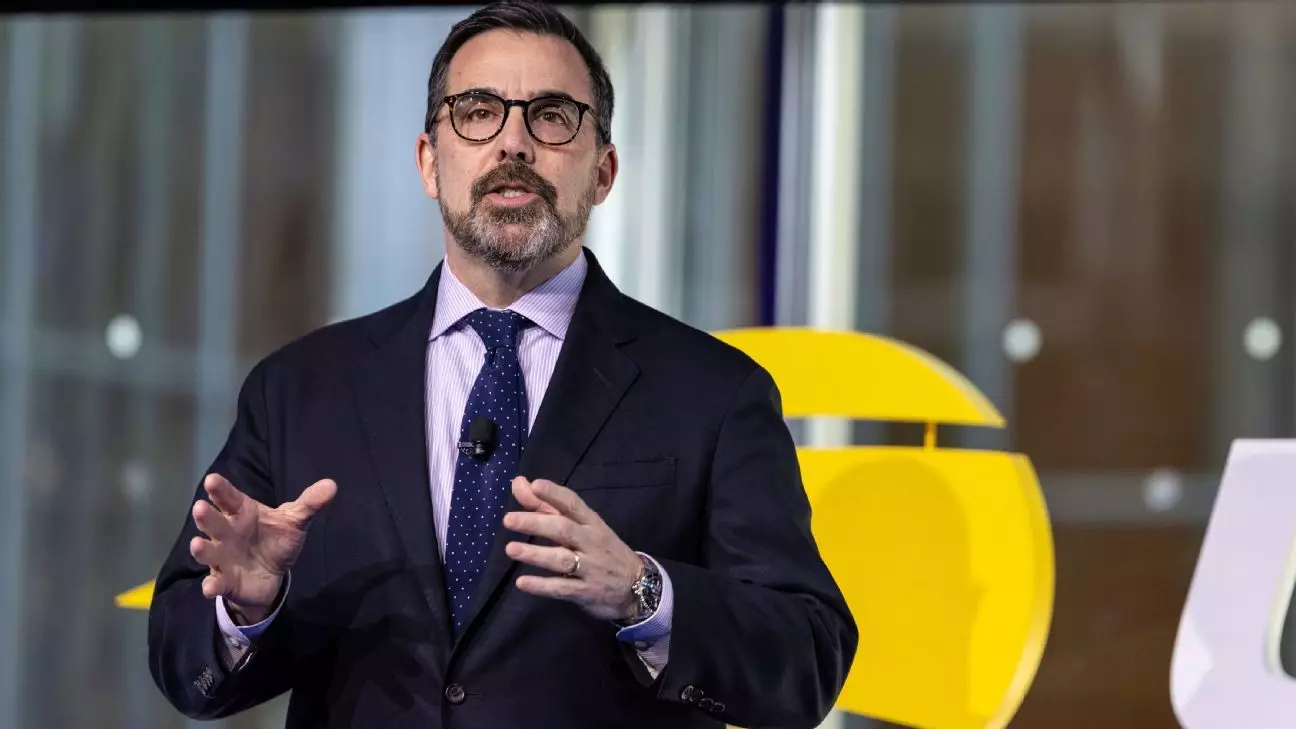The New York Mets have taken a bold step in reshaping their organizational structure by appointing Lew Sherr, the current CEO of the U.S. Tennis Association (USTA), as their new president of business operations. This decision reflects a clear intention to leverage Sherr’s considerable expertise in sports management and community engagement, injecting fresh enthusiasm into a franchise that has shown promise but has long been overshadowed by its rivals. The Mets are betting on Sherr’s ability to innovate and revitalize their approach, hoping to translate his success in tennis into the baseball arena.
The Background of a Visionary
Lew Sherr boasts an impressive track record from his tenure at the USTA, where he has been instrumental in not only enhancing tennis participation but also in driving substantial growth in attendance, sponsorship revenue, and broadcasting rights for the US Open. Under his leadership, the USTA embraced bold strategies that transformed stagnant trends into growth metrics, a feat that Sherr terms “taking some big swings.” His ability to cultivate relationships, push boundaries, and foster a collective vision resonates perfectly with what the Mets require at this critical junction in their development.
Sherr’s transition to the Mets is part of a larger strategy by owners Steve and Alex Cohen, who have revitalized the franchise’s commitment to winning both on and off the field. The interests of the Cohen family extend beyond mere performance metrics; they envision a holistic revitalization of the community surrounding Citi Field, aiming to integrate entertainment, gaming, and sports in a mutually beneficial manner. Sherr’s hiring symbolizes a merging of these visions, intending to create an energetic and community-oriented brand that fans can support and celebrate.
Pioneering Community Engagement
One of the most striking aspects of Sherr’s approach has been his innovative ideas surrounding community engagement. During his time with the USTA, he emphasized broad-based accessibility to tennis programs, helping to bridge gaps where participation had historically faltered. Similarly, the Mets have aspirations to enhance their outreach through philanthropic initiatives, leveraging Sherr’s expertise to create a cohesive strategy that binds the organization to the community. The potential development of a casino and hotel adjacent to Citi Field could provide significant economic benefits while offering fans an enhanced experience, aligning with the community’s needs.
Sherr’s tenure with the USTA culminated in ambitious projects like the $800 million renovation of Arthur Ashe Stadium, showcasing his knack for foresight and innovation—traits that will undoubtedly serve the Mets as they explore potential enhancements to Citi Field as well. His experience in managing large-scale projects and securing vital funding will be instrumental in executing the Cohen’s vision.
The Changing Landscape of Sports Management
Sherr’s arrival comes at a time when traditional roles in sports management are shifting dramatically. With growing competition for fan engagement, franchises are compelled to think creatively about their operations, marketing, and community relationships. Sherr’s perspective, honed over years spent interacting with various stakeholders in tennis, positions him uniquely to navigate these complexities. He’s not just bringing a background in sports; he embodies a renewed spirit of collaboration that is essential for modern sports institutions.
As he prepares for his new role, the excitement around him is palpable. In a recent interview, Sherr emphasized a commitment to ensuring a smooth transition while expressing his enthusiasm for the Mets’ potential. His optimistic outlook is contagious, and as he steps into this high-stakes environment, both the franchise and its fans are looking to him for transformative leadership that transcends traditional expectations.
The Road Ahead
While the transition from tennis to baseball may seem daunting, observable parallels between the two sports provide a clearer path for success. Both require not only strategic prowess but also an acute understanding of fan dynamics and community involvement. The Mets, now under Sherr’s anticipated stewardship, could become exemplars of how sports teams can function as pillars of their communities. The careful planning and execution of initiatives reflecting this commitment may very well redefine what it means to be a modern sports franchise.
Lew Sherr’s appointment signals an era of transformation for the New York Mets, driven by innovative strategies and a community-oriented approach. It stands as a testament to the dynamic evolution in sports management, where visionary leaders like Sherr have the potential to inspire not just their organizations but the broader communities they serve.


Leave a Reply